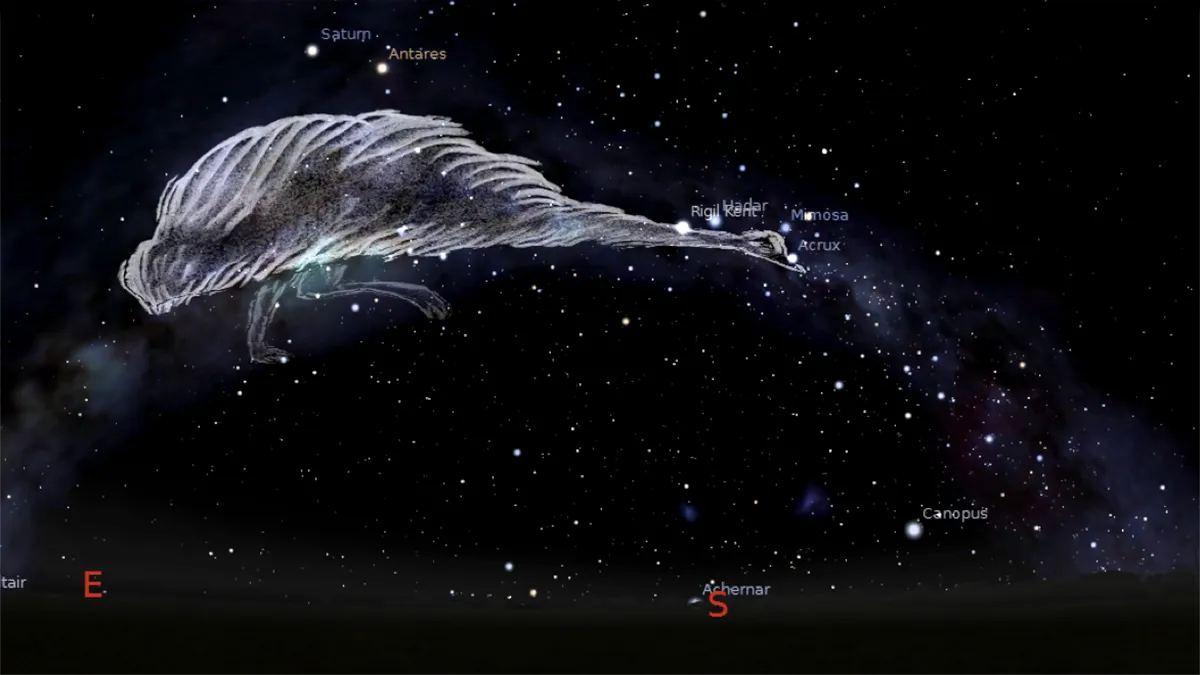Table of Contents
In his The Demon-Haunted World, Carl Sagan emphasises that science is not an institution or a mere collection of facts. Science is a way of thinking. Central to that way of thinking is scepticism and critical thinking, as opposed to superstition and dogma.
Sagan would be turning in his grave if he saw the sort of superstitious, Stone Age stuff that is currently being touted as “science”. Even worse, the people responsible for promoting this un-scientific baloney are most often supposed ‘scientists’ themselves.
In New Zealand, it’s the likes of vindictive, brittle frightbat Siouxsie Wiles blithering that Maori superstitions are the “equal” of “Western science”. Wiles launched an online jihad against real scientists who dared oppose such ignorant nonsense.
Things aren’t much better in Australia, where fatuous wokesters in labcoats are cheerleading the fashionable nonsense of “Aboriginal astronomy”.
Aboriginal culture amassed, over the tens of years, an impressive body of observations of the night sky. This should be no surprise: almost every culture, especially in the era before artificial lighting, did so. But, as Sagan reminds us, a body of observations alone is not science. What matters is what was thought about those observations.
Some Aboriginal thoughts about the night sky sound kinda-sorta ‘scientific’.
According to Charles Mountford, “the Aboriginal people of Groote Eylandt and Yirrkala in Arnhem Land have an explanation for the waxing and waning of the Moon. They believe that when you have a full Moon, it is because at high tide the sea water runs into the Moon and at low tide the sea water runs out of the Moon. The Moon then has a crescent shape.
This might seem scientific in that it proposes a naturalistic rationale for the observation. But real science would go on to test that rationale.
“However, there is no scientific evidence that they have actually seen the sea water rushing or coming out of the Moon …”
So – not scientific. Nothing more than a Just So story.
Unfortunately for claims of Aboriginal “astronomy”, that’s about as good as it gets.
Stories about Venus, the Morning Star which is known as Barnumbir, are well known and common knowledge to the Aboriginal people. To the Aborigines in north-eastern Arnhem Land, Barnumbir is associated with death … According to the Aboriginal people, Barnumbir is held on a long string held by two old women on the Island of the Dead … Just before dawn Barnumbir is let out of the bag so that the star can wake up the people and give them messages from the dead. At dawn the star is pulled back to the shore and kept in a bag during the day. The process is repeated again next morning […]
In many Aboriginal traditions, the planets are seen as children of the Sun and Moon. They represent ancestor spirits walking across the sky, connecting ceremony and law to various groups of stars. In Wardaman Aboriginal traditions, Uncle Bill Yidumduma Harvey describes the planets moving across the sky as ancestral beings walking along a road. Just as you or I walk down the street, sometimes we stop and turn back before moving forward again. Sometimes we slow down and chat with other people during our journey. Uncle Yidumduma says the ancestral beings are coming back for another ‘yarn’ with other planets as they travel across the sky … The planets are seen as celestial beings with heads, but no bodies.
Quadrant Online
I challenge anyone to defend these stories as science. They may be poetic, they may be beautiful, but as Richard Dawkins so scathingly reminded the Wileses of the world: indigenous bollocks is still bollocks.
“No indigenous myths from anywhere in the world, no matter how poetic or hauntingly beautiful, belong in science classes.”









